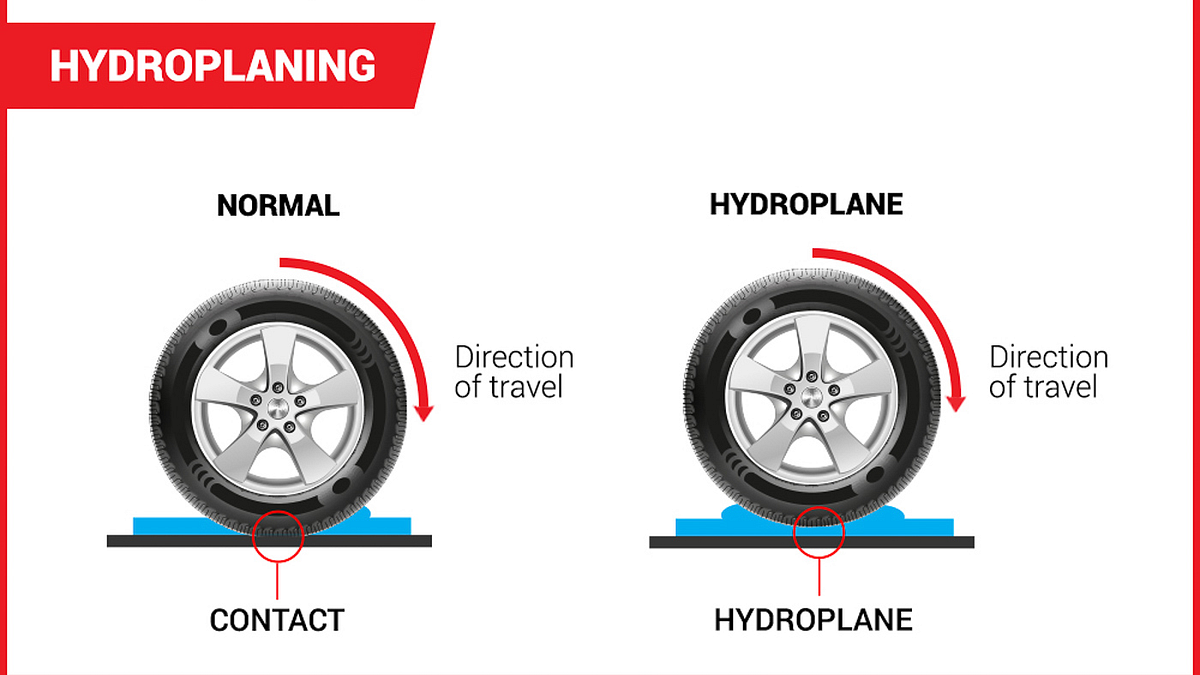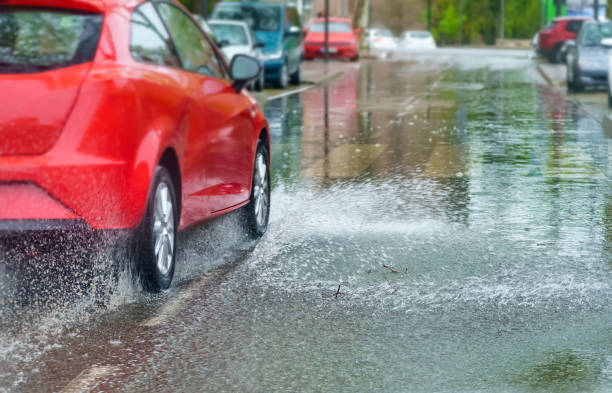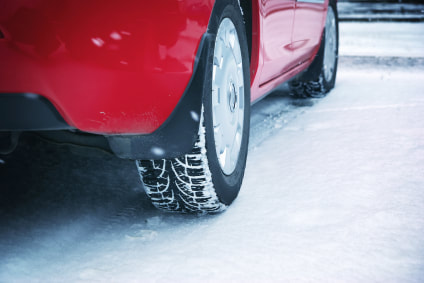|
Hydroplaning occurs when a vehicle's tires lose contact with the road surface due to a layer of water coming between the tires and the road. This phenomenon reduces the driver's ability to control the vehicle, leading to potentially hazardous situations. CausesWater Thickness: Hydroplaning typically happens in conditions where there is a thin layer of water on the road, reducing tire traction. Speed: Higher speeds increase the risk of hydroplaning. As speed rises, the tires may not be able to push water out of the way quickly enough, causing the vehicle to lose traction. Tire Tread Depth: Worn-out or bald tires are more prone to hydroplaning as they are less effective in dispersing water from the road surface. Road Conditions: Hydroplaning is more likely to occur in heavy rain, standing water, or in areas where water drainage is poor. Recognizing HydroplaningLoss of Steering Response: If the steering feels light or unresponsive, it may indicate hydroplaning. Unusual Noises: Drivers may hear a splashing or hissing sound as the tires skim the water. Reduced Traction: A sudden decrease in traction can be felt through the steering wheel. Prevention and Safety TipsReduce Speed: Slow down in wet or rainy conditions to reduce the risk of hydroplaning. Maintain Tires: Ensure proper tire maintenance, including regular rotation, balance, and checking for adequate tread depth. Avoid Cruise Control: Turn off cruise control in wet conditions to maintain better control over the vehicle. Drive in Tracks: Follow the tire tracks of the vehicle ahead, as they may have already pushed water off the road. Stay Away from Puddles: Avoid driving through large puddles, as they can increase the risk of hydroplaning. Brake Carefully: If hydroplaning occurs, avoid sudden movements, and gently ease off the accelerator. Do not slam on the brakes, as this can lead to skidding. Steer Straight: Keep the steering wheel straight when hydroplaning to regain control. ConclusionHydroplaning is a serious safety concern, but with awareness and proper precautions, drivers can reduce the risk and ensure safer journeys in wet conditions. Regular vehicle maintenance, cautious driving, and adherence to safety guidelines are crucial for preventing hydroplaning incidents.
0 Comments
|
Stay InformedIf you want to ride the highway of knowledge about vehicle maintenance and awesome car tips, make sure to buckle up and follow our blog. We're your pit stop for all things automotive wisdom, so hop on the info lane and let's fuel up your automotive know-how together! 🚗💨 Archives
February 2024
|



